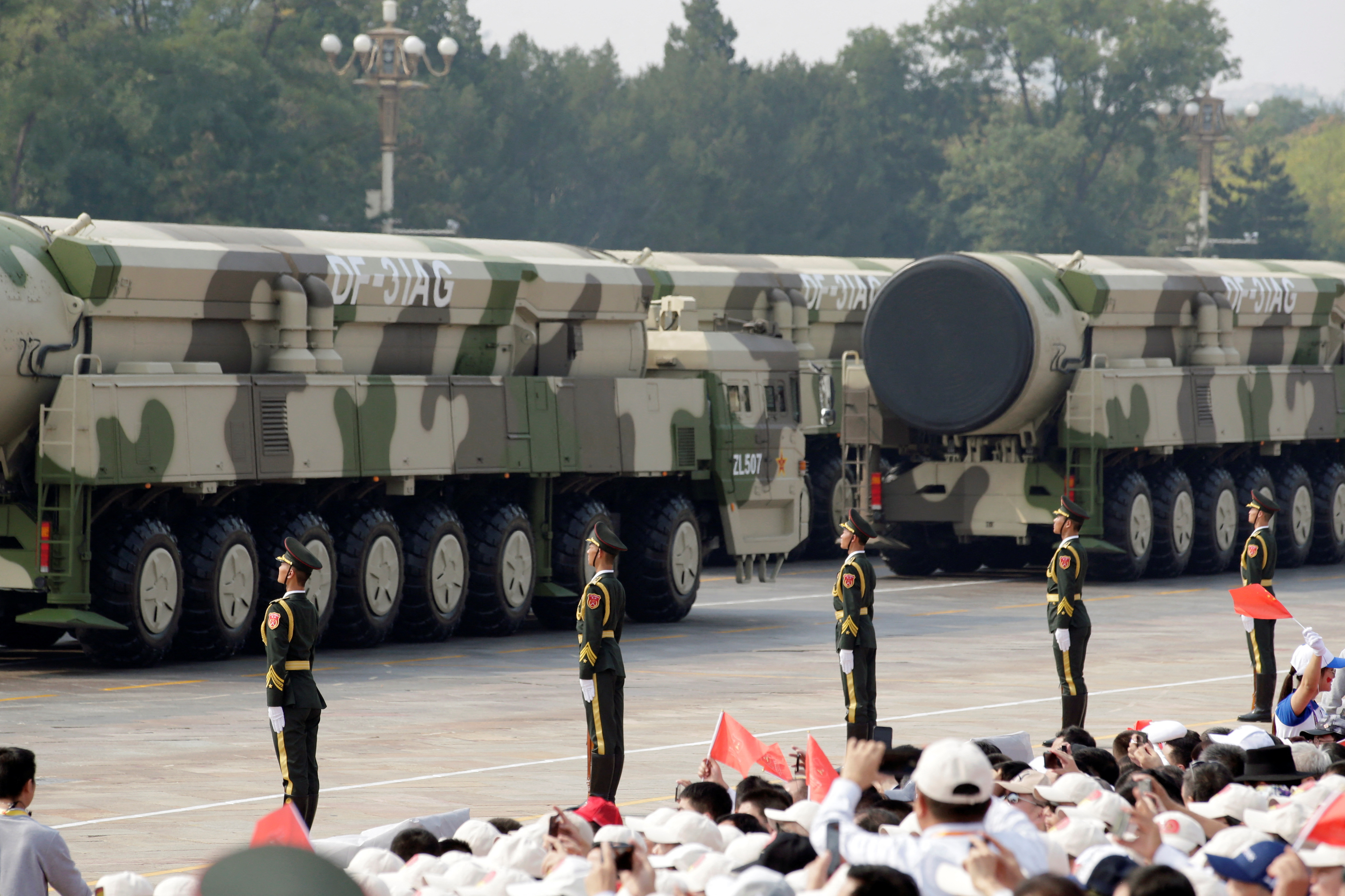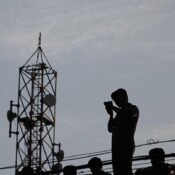
Putting politics aside, China’s missile test shows that the country needs to improve its defense
China’s September ICBM flight was a test of practical necessity. The missile was quietly moved more than 1,000 km (620 miles) to a launch site, and it was tracked from Hainan Island to the South Pacific using satellites and bases far away.
Six security analysts and four diplomats who looked at the launch on September 25 said that the test was a political message about China’s buildup of nuclear weapons, but it was also a long-overdue chance for the People’s Liberation Army’s Rocket Force to make sure its nuclear deterrent worked as promised.
Strategic diplomacy was also a part of the drill. Before the launch, Beijing told the US, France, and New Zealand about it. However, some experts say more needs to be done if China wants to step up its missile tests to catch up with its competitors.
Australia is one of the Pacific countries that is worried about China and wants an end to ballistic missile tests in the area. They were told about the action hours before it happened but weren’t given any more information.
Hans Kristensen, who runs the Nuclear Information Project for the Federation of American Scientists, said, “This let the Chinese do a test with a full attack profile.” “In operational terms, this is inevitably an important step … the test represents the operational validation of the entire system.”
The Rocket Force has done a lot of testing lately. According to the Pentagon, they will launch about 135 ballistic missiles in 2021, mostly into China’s remote deserts.
But it hasn’t fired its longest-range missiles on a more realistic attack path since 1980. This is similar to how the US, Russia, and India test their missiles all the time.
Western armies think that China has improved the quality and quantity of its warheads, missiles, and silos in recent years. However, because of the stresses and distances involved, only full-range tests can really show how accurate and reliable a ballistic missile and its warhead are.
Experts say that China’s growing network of ships, satellites, and space tracking sites would have been able to see such an underwater test. These include Chinese islands in the disputed South China Sea, as well as islands in Namibia and Argentina.
There were two of China’s most powerful “space support” ships in the Pacific at the time. These were the Yuan-wang 3 and the Yuan-wang 5. Reuters saw this information in ship tracking data. It was northwest of Nauru when the Yuan-wang 3 set sail, and east of the atolls of Tokelau when the Yuan-wang 5.
They only said in a statement that the fake weapon “fell into expected sea areas” and not where the missile actually landed.
The ministry did not answer when asked for a statement.
Some analysts say that the U.S. sent surveillance planes to watch the missile, but the exact places where it was launched and landed have not been made public.
The missile was said to have fallen near the exclusive economic zone of French Polynesia, which is more than 11,000 km (6,800 miles) away from Hainan.
Timothy Wright, who studies missiles at the International Institute for Strategic Studies in London, said that the test gave the PLA a “great chance” to see how well it could keep track of long missile flights.
Wright said, “China’s network of satellites, ground stations, and tracking ships is still changing, and it’s not clear how well its space-based ISR capabilities work.” ISR stands for intelligence, surveillance, and reconnaissance.
WHAT TO DO NEXT
Some experts said that the PLA used a DF-31, one of its older ICBMs, for this test. They said that launching it from Hainan put it on a path that mostly missed other countries.
Some experts say that the DF-31s that are closest to Hainan are in Yibin, which is in Sichuan province on the Chinese mainland and is 1,100 km (684 miles) away. They are controlled by a Rocket Force unit that is linked to one on Hainan.
There would be more problems with geography and diplomacy if tests were done from hinterland bunkers over North Asia or over the Arctic to the North Atlantic.
Two diplomats said that China told Japan and the Philippines about a possible space junk landing at sea, but China did not tell some Pacific Island countries that were closer to the landing zone. Kiribati’s president spoke out against the test on Tuesday, saying that the country had not been told about it beforehand.
A spokesman for New Zealand’s foreign ministry told Reuters that the country got in touch with its Pacific Island friends after being told.
James Char, a China security expert who lives in Singapore, said that Beijing would probably be wary of how people would react to frequent launches and wouldn’t want to let enemies spy on it.
“We can be sure that Beijing is very careful to hide the true nature and scope of its military power,” said Char of the S. Rajaratnam School of International Studies.
All Categories
Recent Posts
Tags
+13162306000
zoneyetu@yahoo.com



